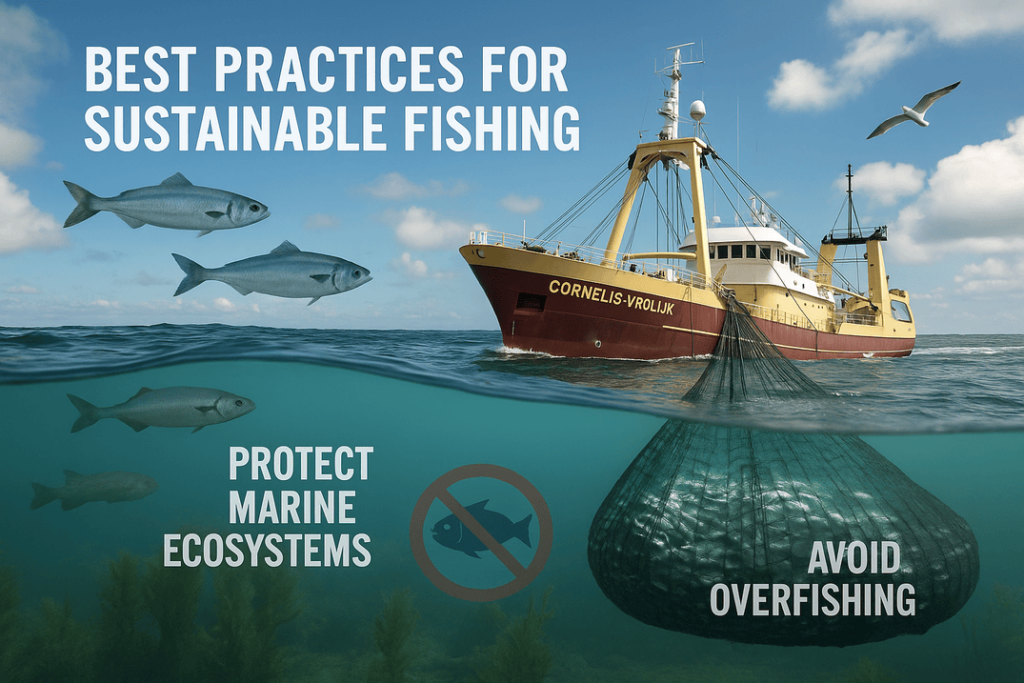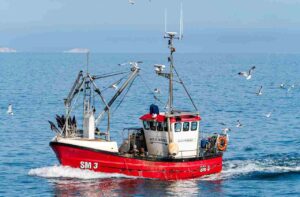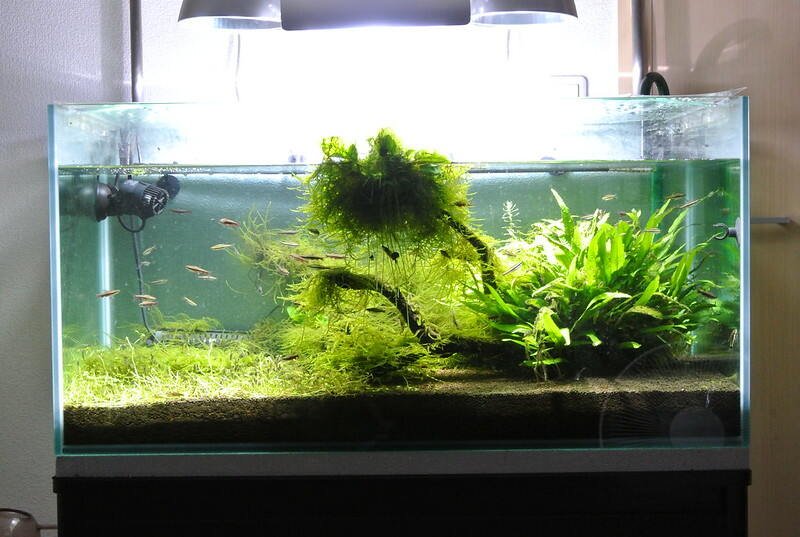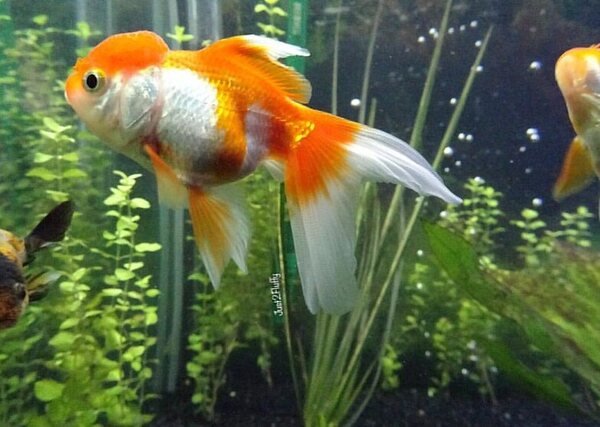The oceans are more than a food source. They are the pulse of our planet—brimming with life, mystery, and wonder. For generations, they have nourished coastal communities, powered economies, and brought peace to those who cast their lines into the waves.
But today, these waters cry out for balance. Overfishing, pollution, and destructive fishing methods threaten to silence the songs of the sea. That’s why understanding the best practices for sustainable fishing has never been more important.
This article is more than just a guide—it’s a call to action for every fisher, seafood lover, and ocean guardian
The Need for Change
Each year, humanity removes billions of pounds of fish from the sea. The United Nations Food and Agriculture Organization (FAO) reports that more than 35% of the world’s fish stocks are now overfished. That means we’re taking more than nature can replace. And when fish populations collapse, they take entire ecosystems and livelihoods with them.
But the good news? We can turn the tide.
Through responsible choices, traditional wisdom, and science-based practices, we can ensure our oceans stay abundant—not just for us, but for future generations. That journey begins with embracing the best practices for sustainable fishing.
Know Your Catch: Species Matters
Not all fish are created equal. Some reproduce quickly and can recover from fishing pressure. Others, like bluefin tuna, orange roughy, and beluga sturgeon, grow slowly and take years to reproduce.
Before catching or buying seafood, research the species. The Monterey Bay Aquarium’s Seafood Watch guide or the Marine Stewardship Council (MSC) label are excellent tools. They rate species based on their population status, fishing methods used, and environmental impact.
Choosing resilient species helps ease the strain on vulnerable ones—and it’s a powerful step in the best practices for sustainable fishing.
Fish with the Right Gear
Some fishing tools are like surgical instruments—precise and careful. Others are more like bulldozers.
Destructive fishing gear, such as bottom trawls and unregulated longlines, can devastate ecosystems. These methods often result in bycatch—the unintentional capture of dolphins, turtles, seabirds, and non-target fish. In some cases, bycatch can account for 40% of a fishing haul.
Modern sustainable practices prioritize selective gear:
- Hook-and-line fishing reduces bycatch dramatically.
- Fish traps and pots allow undersized or unwanted species to escape.
- Circle hooks reduce injury to non-target animals.
Switching to eco-friendly equipment is a foundational part of the best practices for sustainable fishing.
Respect Seasons and Limits
Every fish has a story—a lifecycle shaped by time and tides. Disrupt that cycle, and populations collapse.
That’s why seasonal restrictions and catch limits matter. These rules are often based on scientific data about spawning times, migration patterns, and ecosystem health.
For example, many Indigenous communities, like the Tagbanua people in the Philippines, have long observed the moon and tides to decide when—and where—to fish. These ancient calendars are remarkably in tune with nature’s rhythms.
Modern sustainable fishing must echo this wisdom. Know local laws. Follow quotas. Always take only what is necessary—no more, no less.
Combat Illegal and Unreported Fishing
A hidden menace endangers our oceans: illegal, unreported, and unregulated (IUU) fishing. These illicit operations flout regulations, exploit endangered species, and frequently rely on forced labor. Shockingly, they are responsible for nearly one in every five fish caught worldwide. The impact is devastating—not just ecologically, but economically, especially for small-scale fishers who follow the rules.
What can we do?
- Support traceable seafood brands.
- Avoid seafood with unknown origins.
- Demand better enforcement and transparency from governments.
Fighting illegal fishing is a vital pillar in the best practices for sustainable fishing, and one we must all support.
Support Community-Based Fisheries
Big industrial fleets dominate global seafood markets, but it’s the small-scale, community-based fisheries that often fish most sustainably. These local fishers:
- Use low-impact gear.
- Practice generational knowledge.
- Depend on healthy ecosystems for survival.
By buying directly from local markets, choosing small-label brands, or participating in Community Supported Fisheries (CSFs), consumers can make a huge difference.
When we support community-led fisheries, we’re investing in ocean stewards who follow the best practices for sustainable fishing every day, not just for profit, but for heritage and home.
Marine Protected Areas (MPAs): Sanctuaries of Recovery
Sometimes, the best way to protect a species is to leave it alone. That’s the idea behind Marine Protected Areas (MPAs)—ocean zones where fishing is restricted or banned.
Marine Protected Areas (MPAs) provide safe havens where fish populations can grow, reproduce, and recover undisturbed. Research reveals that marine life within MPAs tends to be larger, more plentiful, and more diverse than in nearby unprotected waters.
While over 18,000 MPAs exist around the world, only about 8% of the ocean is effectively safeguarded. We need more—and stronger—protection zones to ensure long-term sustainability.
Educate and Inspire the Next Generation
Real change begins with awareness. Teaching children, young anglers, and seafood consumers about marine conservation ensures our values don’t fade with time.
Schools, aquariums, fishing clubs, and media platforms can all play a role in promoting ocean literacy. Celebrate ocean heroes. Share success stories of recovered fish populations. Show that sustainable fishing is not only possible—it’s happening.
Empowering future generations to embrace the means our seas will continue to thrive long after our lines are cast.
A Future Worth Fighting For
Imagine standing at the edge of a clean, vibrant ocean. Dolphins leap. Schools of fish shimmer beneath the waves. Coral reefs pulse with color and life. This vision isn’t fantasy—it’s the reward for those who act now.
They are about responsibility. About understanding that every choice we make—on the boat, at the market, or at the dinner table—echoes in the deep.
Our oceans have given us so much. It’s time we give back.
Final Thoughts
Sustainable fishing is not a trend—it is a necessity. As consumers, fishers, and citizens, we hold the power to protect one of Earth’s most precious resources. We ensure the sea remains a source of life, joy, and wonder for generations to come.
Let’s not wait for empty nets and silent shores to realize the value of what we’ve lost. The future of our oceans begins today—with you.



